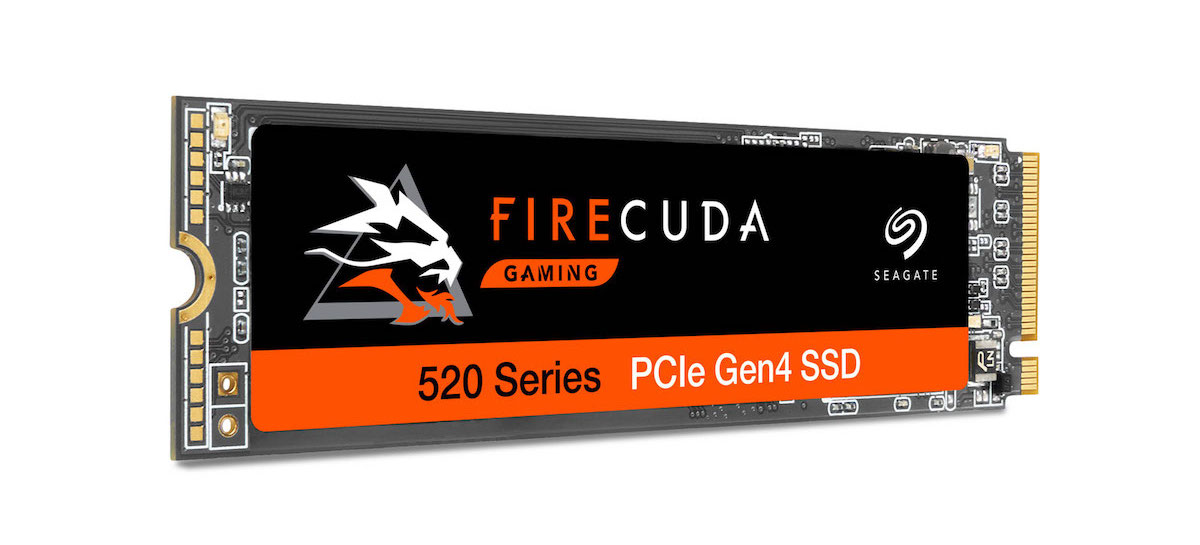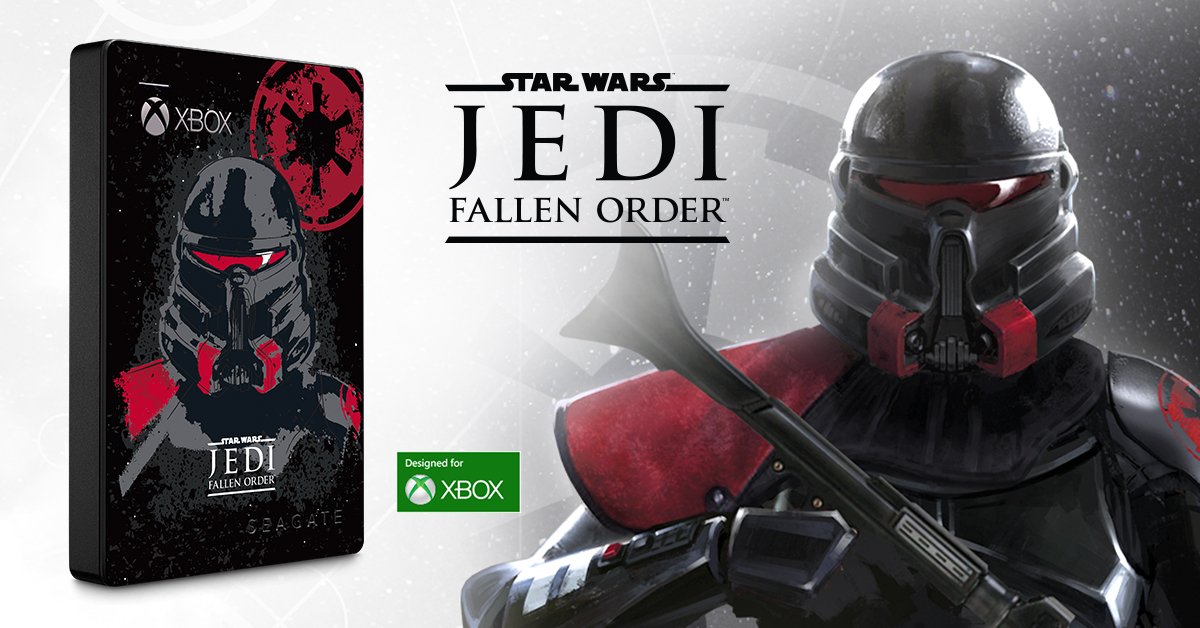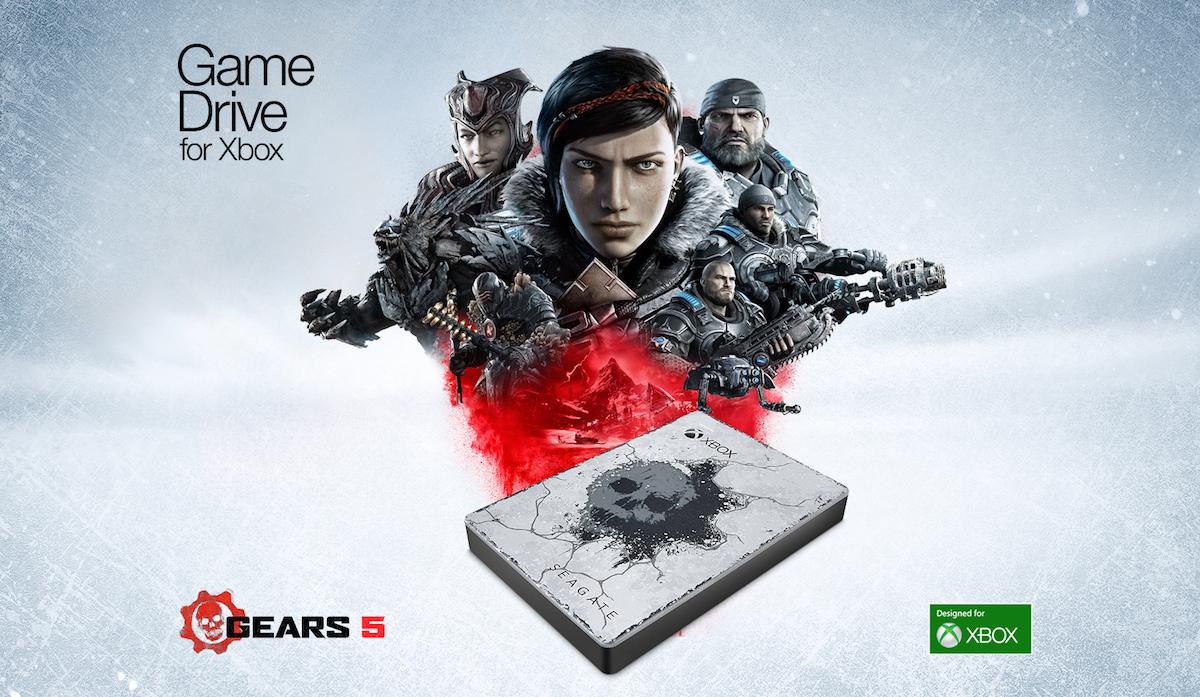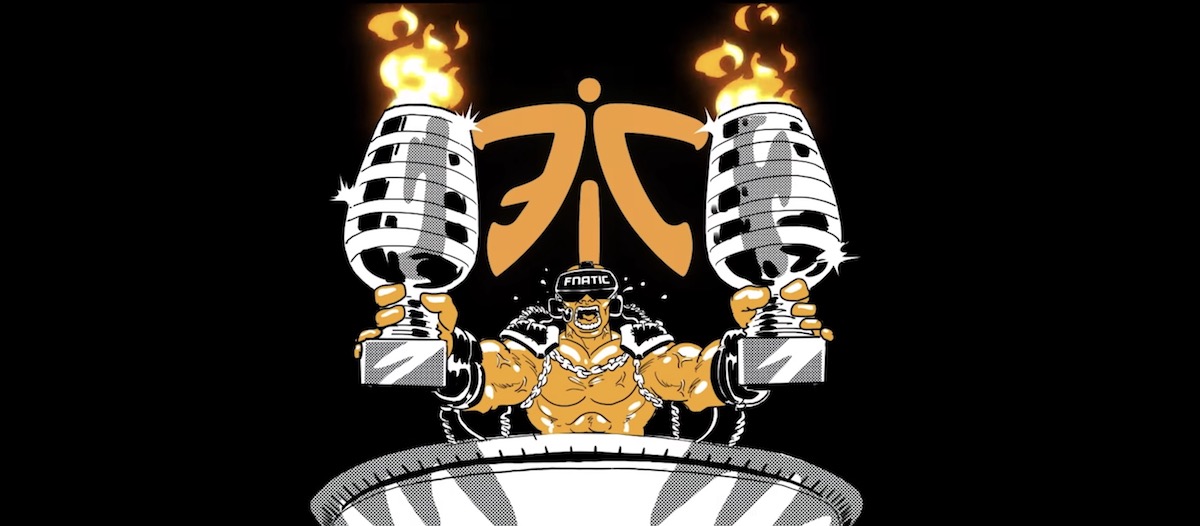Twenty years ago today, Microsoft released Windows 95, selling a record-setting 7 million copies in the first five weeks, and 40 million copies in the first year (Microsoft wouldn’t see such large OS sales again until Windows 7 in 2009).
Twenty years doesn’t seem that long ago in some ways, but in computer years it’s eons. Fax/modems were the norm, email was young, the internet was brand new as far as consumers were aware. Multimedia games and educational software were a big deal and were sold on multi-disc CD-ROM packages that you bought at your local computer or electronics store (obviously, no downloaded software, nor even online purchase of a physical package).
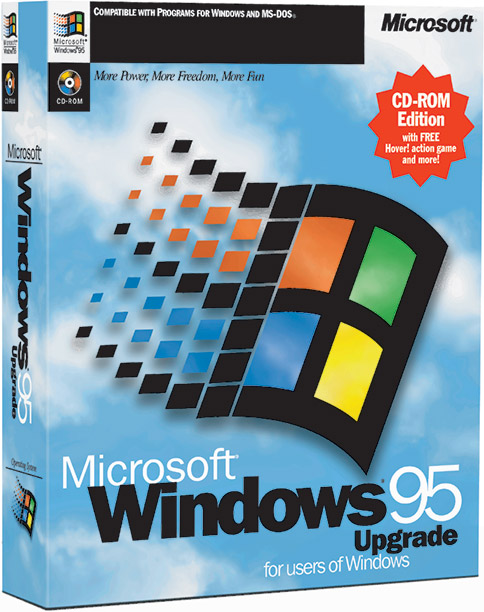 What’s new? A lot
What’s new? A lot
The OS had many features that were breakthroughs for the time (though some Apple users wryly referred to “Win 95” as “Mac 87”):
- New 32-bit operating system for enhanced multimedia capabilities, more powerful features for mobile computing, and integrated networking.
- Start Menu — a breakthrough for Microsoft in streamlining how users organize and launch applications (and still in use today)
- Taskbar
- Minimize, Maximize, and Close buttons on each Window
- Built-in Internet support
- Dial-up networking
- New Plug-and-Play capabilities that made it easier to install hardware and software.
- Internet Explorer, Microsoft’s first web browser, also launched that summer.
And guess what — the new Windows 10 still has that Start Menu! But you’ll enjoy digging into its many advances here.
20 years in Computer Time
What really amazes me is the components that were common on PCs in 1995, when it launched:
- Hard Drive: The 1GB (Gigabyte) hard drive was the new high standard. I clearly remember bringing home my new computer in 1995, which I ensured was “future proof” by opting for the full gigabyte hard drive! Twenty years later, you’ll be wanting 6 Terabytes (that’s 6 thousand of those 1GB drives) for a much lower price, or options that didn’t exist then like the much-faster SSHD, or the smaller but fast SSD.
- Memory (RAM): PC makers started making 8MB of RAM the new standard (up from 4MB the previous year) and most astute buyers would choose 8MB to “future proof” their systems. Today, 1,000 times that amount (8GB) is common.
- Internet/Modem: Only 14% of U.S. adults had internet access (according to Pew Research). Most were using slow, 14.4k dial-up modems to connect — only 2% had as yet upgraded to faster, more expensive 28.8k.
- Monitor: 15-inch CRT monitors had become a new standard (up from 14-inch the previous year). 17-inch screens were common only among design professionals, and they were very expensive. Flat screens? — nonexistent. High-def? Ha.
- Secondary storage: “Quad-speed” CD-ROM drives arrived in the mainstream in 1995. Still to come in the future are CD-R, CD-RW, DVD-R and SuperDrives — all essentially obsolete, as we now use the cloud and high-capacity external drives (with wireless or super fast interfaces).
- Inputs: Keyboard and wired mouse. Wireless mice existed but weren’t mainstream. Apple intro’d the first trackpad in 1994 so most people didn’t have them. Scroll-wheels were invented in 1995. A few advanced units had microphones (Mac came standard), but they weren’t very useful for much, unless you were in a special field. Webcams were intro’d in the previous year and none were built-in.
Windows 95’s unveiling was the most publicized launch Microsoft had ever taken on. TV commercials featured the Rolling Stones singing “Start Me Up” over images of the new Start button. The company released an instructional video (on VHS tape) starring Jennifer Aniston and Matthew Perry of “Friends,” the now iconic 90s sitcom that debuted a year earlier. The press release simply began: “It’s here.”
–
Who is John Paulsen? A creator, family man and former small-business leader myself, I feel your pain (and joy) and hope you’ll enjoy the blog. I launched and ran a well-regarded production company in San Francisco with a team of 9 brilliant, hard working people. I learned to manage a wide array of tasks a small business must handle — business strategy, facilities design, HR, payroll, taxes, marketing, all the way down to choosing telecom equipment and spec’ing a server system to help my team collaborate in real-time on dense media projects from multiple production rooms. I’ve partnered with and learned from dozens of small business owners.




